It’s a Beautiful Day In the Neighborhood, Won’t You Be My Neighbor?
The Importance of Weak Ties
This past fall I was an opening and closing speaker for a statewide housing conference. It was the first time since 2019 that over 450 people in the Vermont housing community gathered in one place to connect and discuss important housing issues. The challenge was that in the last three years there have been many retirements and new hires, and for one-third of the participants it was their first time at this conference. The pandemic weakened relationships when we no longer met for networking events, everything went online and our social circles got smaller. How do we rebuild acquaintances and recognize the value of people we casually know? What to do now and why is it important?
One way to think about any person’s social world is that you have an inner circle of people whom you often talk to and feel close with, an outer circle of acquaintances whom you see infrequently, and near strangers with whom you share some familiarity. In 1973, Stanford sociologist Mark Granovetter named these categories “strong ties” and “weak ties”.
For new information and ideas, weak ties are more important to us than strong ones.
That’s because the people with whom you spend a lot of time swim in the same pool of information as you do. We rely on those in our outer circle to bring us news of opportunities from beyond our immediate circles – and so the more of those acquaintances, the better. An experiment using data from 20 million LinkedIn profiles from 2015-2019 demonstrated how much we rely on people we know less well to land new jobs. “Moderately weak ties are the best,” states Sinan Aral, a management professor at MIT and co-author of the paper. “Not the weakest, but slightly stronger than the weakest.” The inflection point is around 10 mutual connections between people; more than that and the usefulness of your connection to the other person, in job-hunting terms, is reduced.
Interestingly, participants with larger networks of weak ties tended to be happier overall, and those small interactions (the ones we lost in Covid) - with a neighbor, shop keeper, a member of yoga class – create a sense of belonging. In fact, according to Gillian Sandstrom, a senior lecturer in psychology at the University of Essex, the greater number of casual interactions with weak ties one has on a given day, the more happiness and greater sense of belonging they felt. It feels true for me, that the days I sit by myself in my home office can get me into a funk, but when I get out even for a couple of errands and run into a friendly face, I often feel rejuvenated and connected. At this new year, I’m planning on paying more attention to the people I come in contact with, recognizing them as a more integral part of the fabric of my day and the community we inhabit together.
Great Link
People in your neighborhood with Bob (2:29)
Reflection Exercise: Moving from Theory to Action
To support you cultivating your “weak ties,” here are some prompts to invite you to list places where you can cultivate your casual acquaintances and build a greater sense of belonging:
What are the activities you regularly participate in with others? Are there other activities you’d like to consider joining or deepening your connection with?
Where are the places you go regularly on a weekly basis that you can pay more attention to connecting with others (e.g. grocery store, café, school drop-off)?
Are there specific relationships within your social media platforms that you’d like to pay more attention to? (I’m not advocating, necessarily, just offering it as something to consider).
Quarterly Quote
Good things happen when you meet strangers.
-Yo Yo Ma
Book Review
The Charisma Myth: How Anyone Can Master the Art and Science of Personal Magnetism
By: Olivia Fox Cabane
I love this book because it deconstructs the myth that some people are just charismatic (think Ellen Degeneres, Oprah and Bill Clinton), and others aren’t. These people possess natural magnetism that draws others to them. What Cabane does is breaks it down to identify charismatic behaviors that we can all learn. She outlines three key ingredients behind charisma: power, warmth and presence. From here she takes a deeper dive into the internal physical and mental obstacles that get in the way of fully connecting with others, and practices to become more skillful. One line in the book that stood out for me is, “Being charismatic does not depend on how much time you have but on how fully present you are in each interaction.” Regardless of your personality type or physical appearance, you can master these components to become more charismatic. A great book the busts the narrative that some were just born that way and there’s nothing you or I can do about it.




